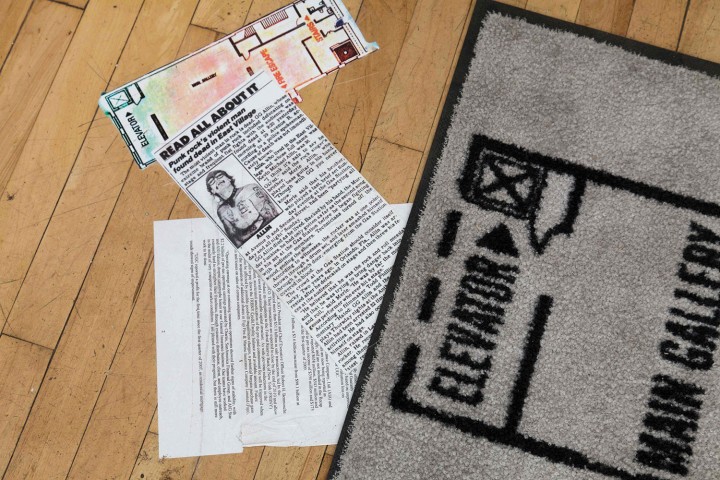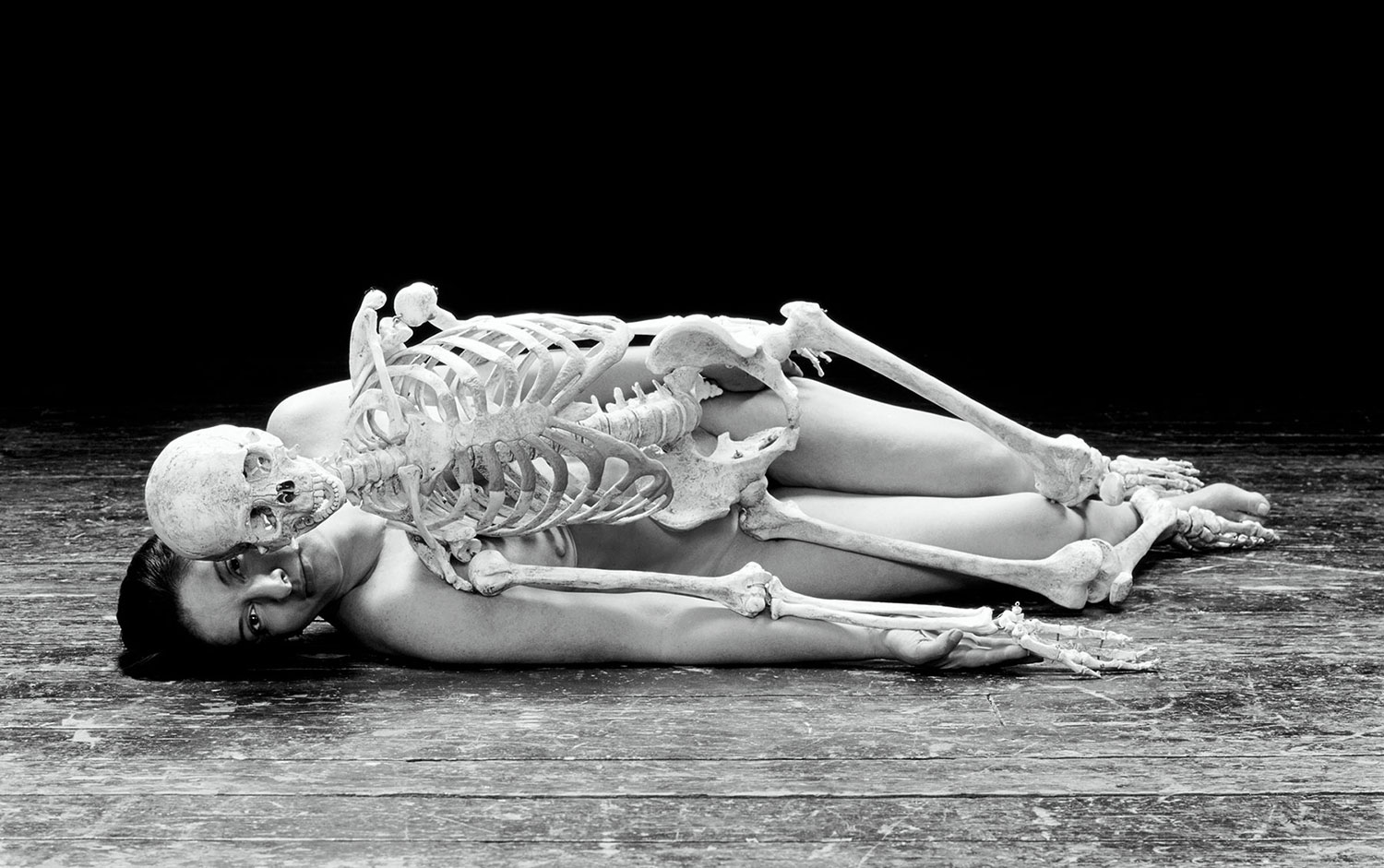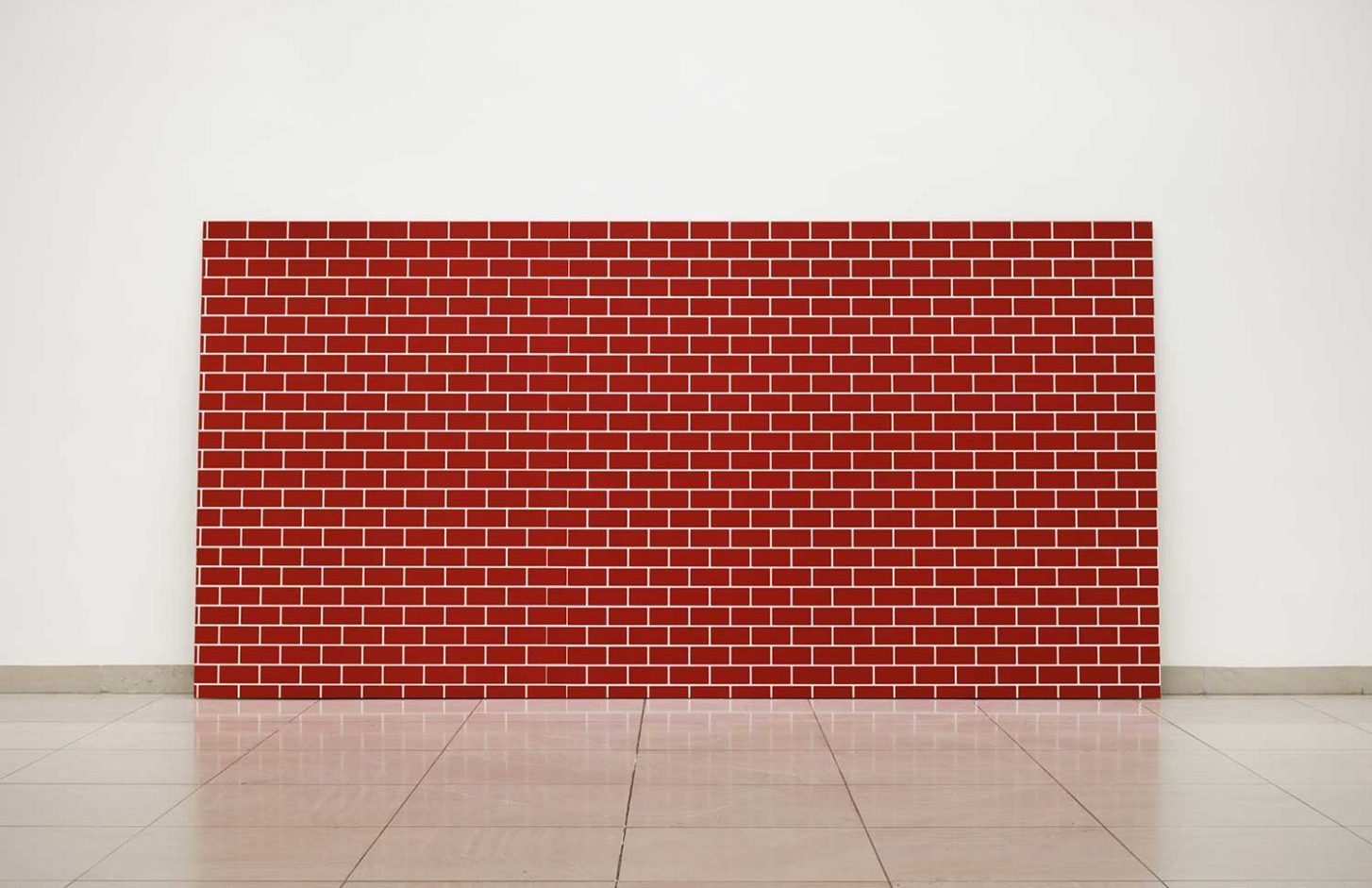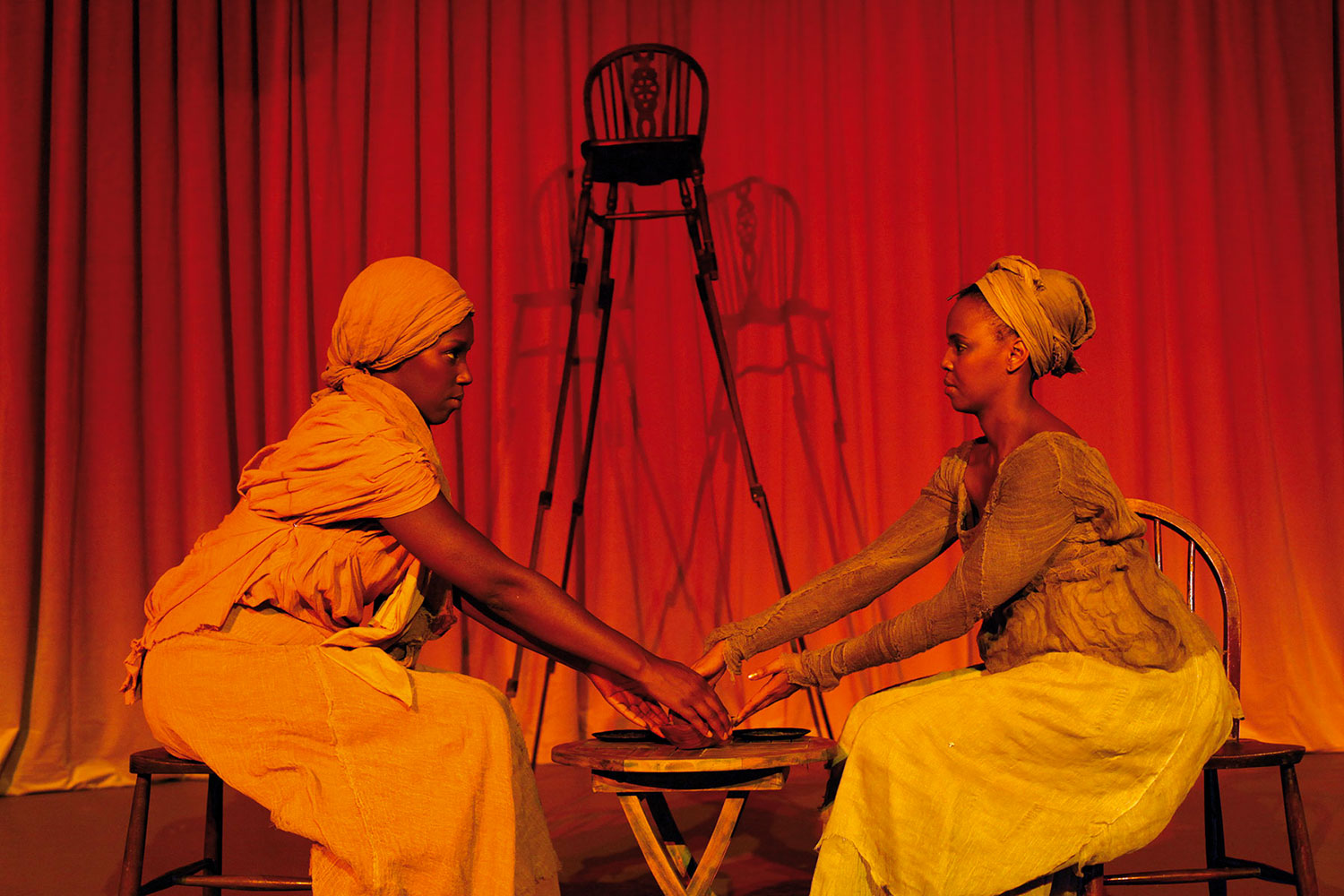
David Everitt Howe: For the exhibition “Short Stories” at the Sculpture Center you presented, in part, paintings of .jpeg images and their peripheral Mac navigation bars. Why frame digital images within a painterly discourse?
Danna Vajda: I’m interested in the material embodiment of something that is fundamentally immaterial, such as data. Painting became an absurd way to create a physical location for this. The first of this series was based on a .jpeg of an artwork pulled from the internet, which then once put onto my computer desktop would only show an “unavailable image.” This idea of a revocable image led me to think about the obvious contradictions within digital culture, as social media’s “free” communication and expression came under increasing surveillance and regulation.
DEH: Your performance BYOB (2006-ongoing) is essentially a script on the politics of “thinking about thinking.” What do you think of the relationship between thinking and images post-marshall McLuhan and jean Baudrillard, both of whom have highly influenced your work?
DV: BYOB entertains the question of how thoughts are circulated, and what forms of regulation and deregulation they’re subject to. The work began during a deeply neoconservative moment. Perhaps I had been watching too much Fox News, but at that time Baudrillard’s ideas about simulacra were ever-present in political discourse; facts became decorative percentages, and prefacing a statement with “some people say…” was akin to sworn-in testimony. Of course now is the time when one must turn away from Baudrillard. His ideas are so apparent in politics and governance that they cease to be critical, but rather, benign illustration.
DEH: The second scene of BYOB features an e-mail discussion in which you debate taking a freelance drawing job at Canadian right-wing think tank Fraser Institute. You ultimately said yes, with the idea that this would allow a better understanding of the enemy, so to speak. Did it work?
DV: No, the image meant whatever it needed to mean for the institute. I simply drew a hand reaching for red tape, drawn in black and white. They read it as a witty illustration about bureaucratic red tape. At the time, I was trying to use a strategy closer to the architecture of Rem Koolhaas, which has a sadistically complicit quality. Working as a freelance graphic designer for clients I was ideologically opposed to, I was always scheming for ways to subvert the work, only to find that these subversions were in fact exactly what the client wanted.
DEH: For the 2010 Whitney Independent Study Program studio art exhibition at Art in General, you painted a series of press releases that played off of institutional support systems. What do you think is productive about institutional critique when the critique is so often institutionally sanctioned?
DV: Exhibiting art is always a reciprocal legitimization, occurring between the artist and the exhibition venue, lending names to one another. But it is the endorsement of new conceptual transgressions that define and regulate the field of contemporary art. So I used the acronym of the gallery to look at other fields that also institutionalize transgressions. I am perhaps more interested in assuming an identity of institutions — through painting and authoring unofficial press releases — which I am not necessarily entitled to. It is a way to skew the frame, so as to point elsewhere.





